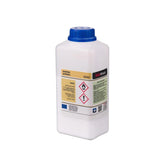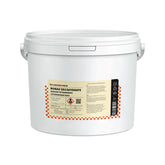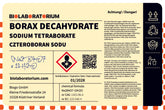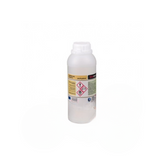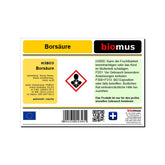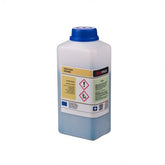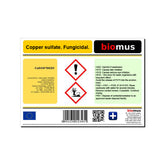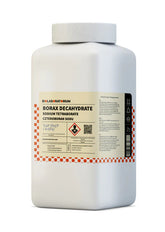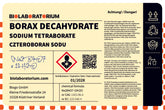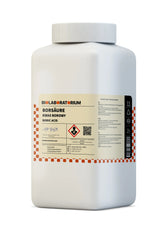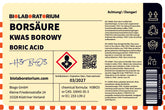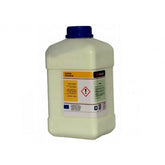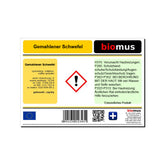Titanium dioxide – properties, technical applications and safety of titanium dioxide
Titanium oxide, also known as titanium dioxide (TiO2), is an inorganic pigment used in a wide variety of products. As one of the world's most important white pigments, it plays a crucial role in the paint industry as well as many other fields. In this blog post, we will take an in-depth look at the properties, applications, and safety of titanium oxide.
The Properties of Titanium Oxide
Titanium oxide is a crystalline mineral that occurs naturally in three different crystal forms: rutile, anatase, and brookite. Among these three forms, rutile is the most stable and most commonly used variant for industrial purposes.
Titanium oxide is characterized by a number of remarkable properties:
High Refractive Index and Opacity
Titanium oxide has a very high refractive index, meaning it refracts light very strongly. As a result, it appears extremely white and opaque. This property makes it an excellent white pigment used in many products such as paints, coatings, plastics, and cosmetics.
Chemical Stability
Titanium oxide is a very stable mineral that does not react with acids or bases. It is resistant to corrosion and weathering, making it a durable and reliable pigment.
Photocatalysis
Another important property of titanium oxide is its photocatalytic activity. Under the influence of UV light, it can oxidize organic compounds, thus exhibiting antibacterial and self-cleaning properties. This ability is utilized in many applications such as coatings, ceramics, and textiles.
High Radiation Resistance
Titanium dioxide absorbs and reflects UV radiation very effectively. Therefore, it is widely used in sunscreens, as well as in paints and coatings that are intended to protect against weathering.
Technical Applications of Titanium Dioxide
Due to its unique properties, titanium dioxide has a wide range of applications in various industries:
Paint Industry
The main area of application for titanium dioxide is the paint industry. As a highly effective white pigment, it is used in paints, coatings, plastics, printing inks, and ceramics to achieve intense white and pastel tones.
Cosmetics and Personal Care
In the cosmetics industry, titanium dioxide is used in sunscreens, makeup, creams, and other products. Here, its UV-absorbing effect and its ability to scatter light, thus creating a whitish effect, are utilized.
Food Industry
Titanium dioxide also plays an important role in the food industry. It is used as a colorant E 171 in chewing gum, baked goods, puddings, and other products to achieve a white coloration.
Electronics and Ceramics
Due to its high refractive index and opacity, titanium dioxide is used in the electronics industry for the production of screens, solar cells, and optical coatings. It is also an important component of glazes and enamels in the ceramics industry.
Catalysts and Coatings
The photocatalytic properties of titanium dioxide are used in many applications to create self-cleaning and antibacterial surfaces. Such coatings can be found, for example, on facades, tiles, or textiles.
Safety and Regulation of Titanium Dioxide
In recent years, the safety of titanium dioxide has increasingly come into focus. In particular, the use of titanium dioxide nanoparticles in products such as sunscreens has led to discussions.
Studies have shown that titanium dioxide nanoparticles can be harmful to health when inhaled in high doses. Therefore, the EU has introduced limits for the use of titanium dioxide nanoparticles in consumer products.
However, no health hazards have been proven so far for the conventional, microscale form of titanium dioxide. Titanium dioxide is considered safe when used in products with a particle size of over 100 nanometers.
Overall, titanium dioxide is an important and versatile raw material that is indispensable in numerous industries. By adhering to safety standards and regulations, its use can be responsible and low-risk. Research into potential health risks is continuously being conducted to ensure the protection of consumers and the environment.
